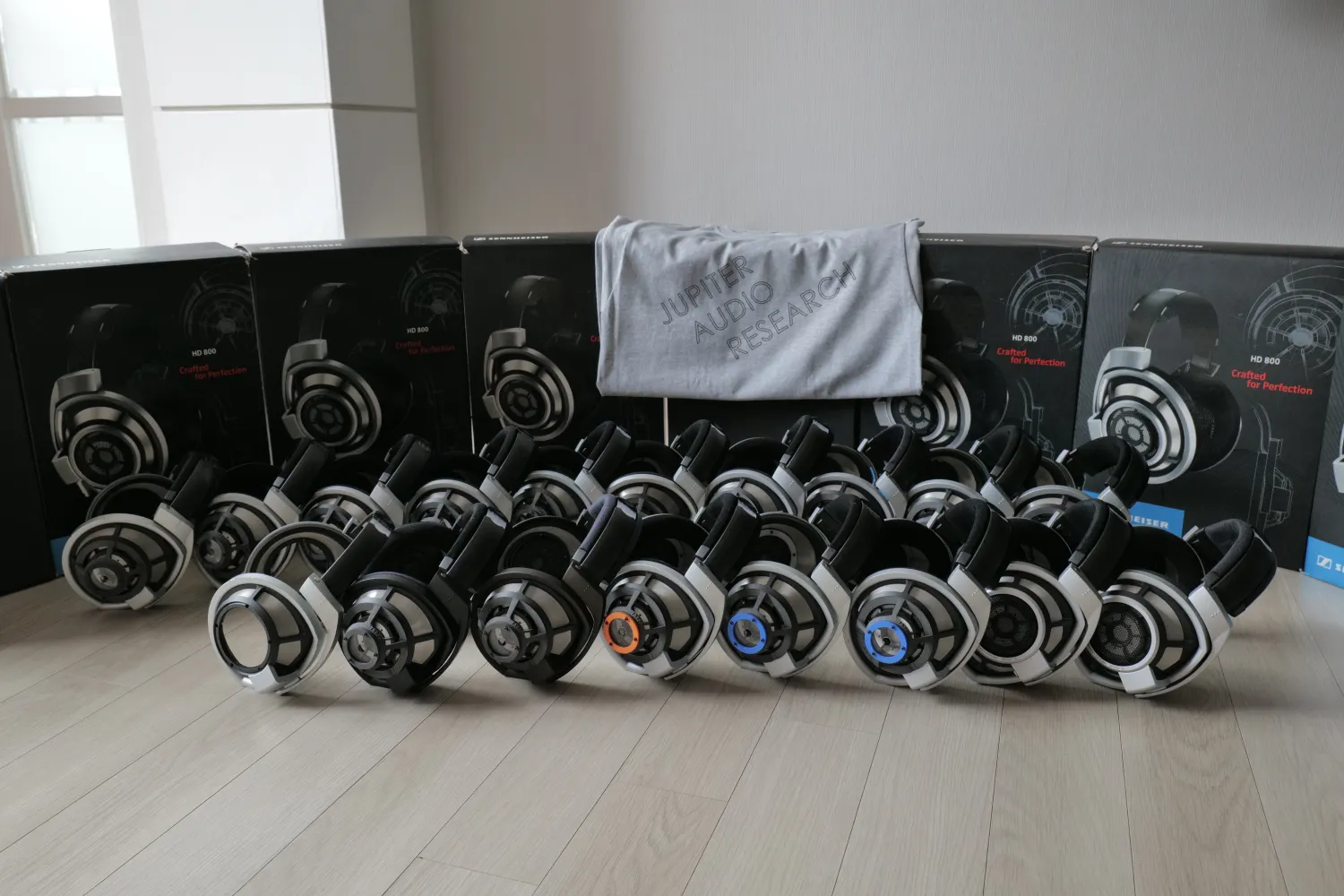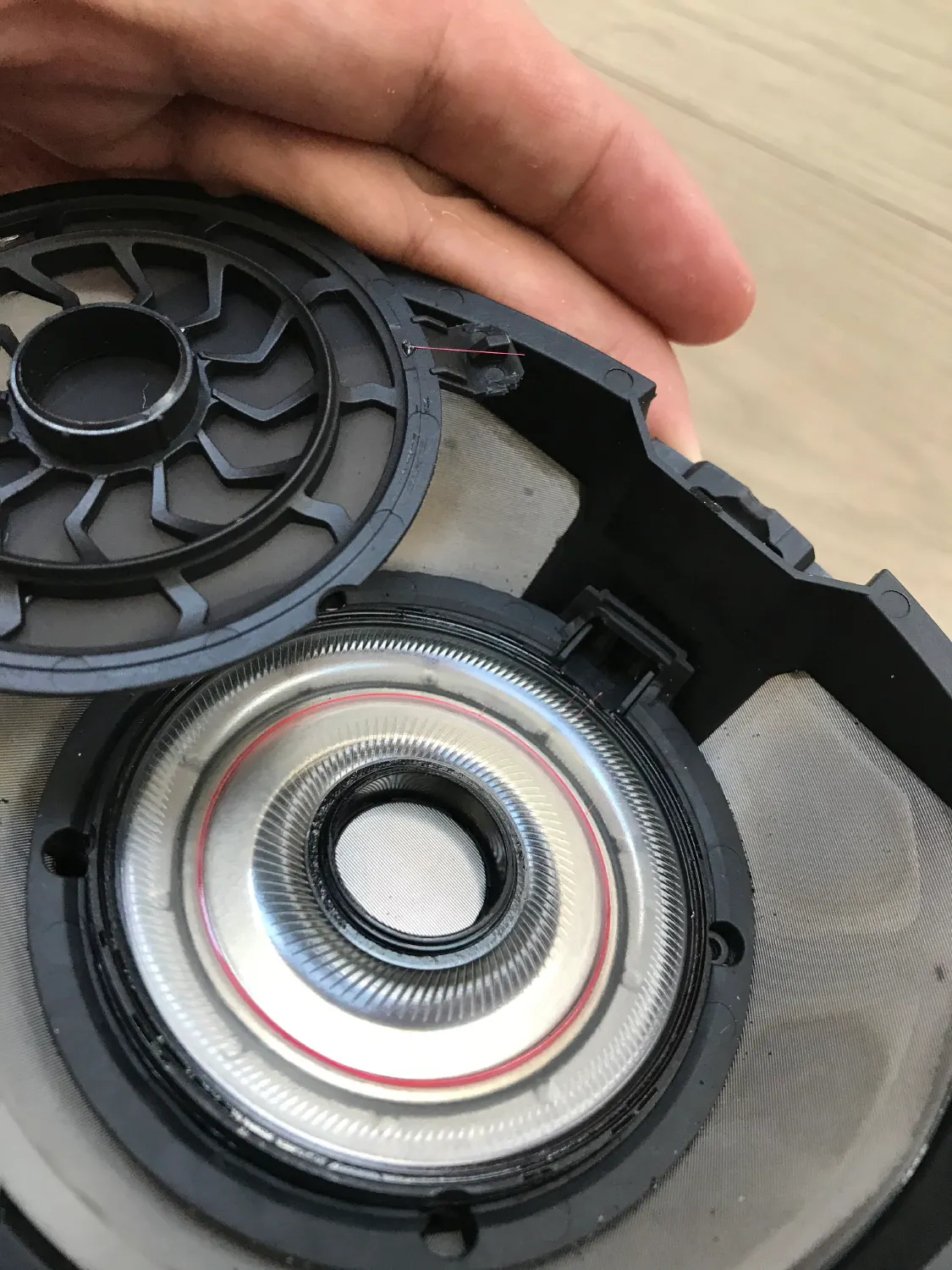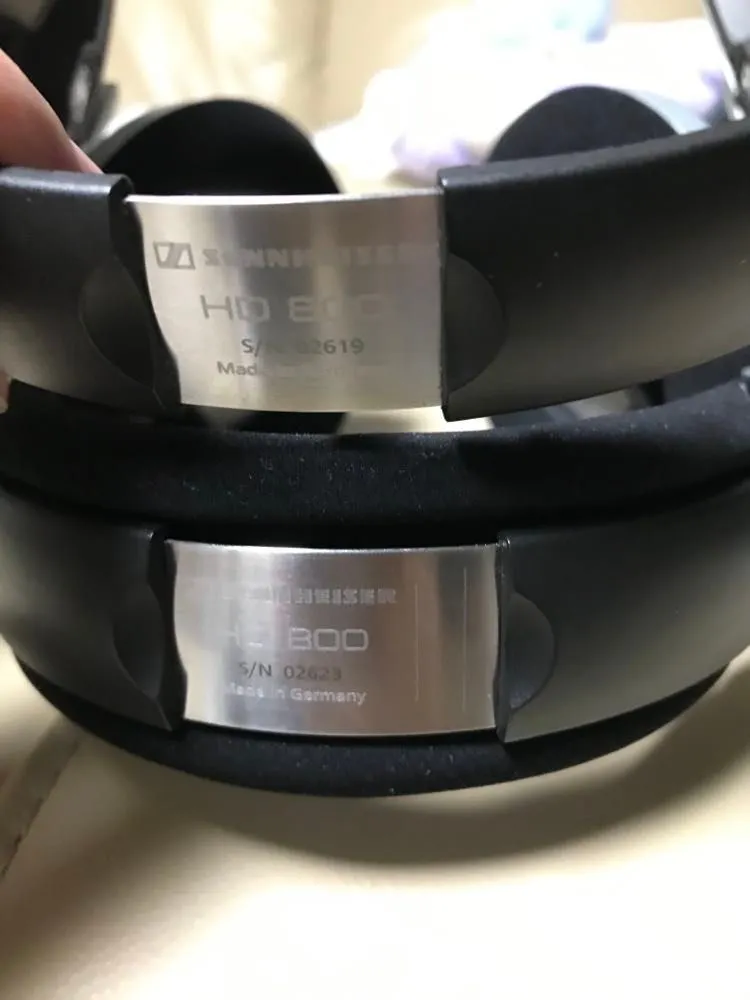Do you think I’d do this if I didn’t like what I was doing…?
Yes, I really, really like the HD800. It’s probably my favorite headphone.
I bought my first HD800 new at 2014. Despite how sharp it was I kept it because like many, I felt that it was unmatched in treble performance and space in the dynamic cans department. I then bought also the Utopia at launch- but ultimately sold it because I found its treble to be lacking, while still keeping the HD800. If I think about it, it is the only can that I have not sold since buying new.
I loved how it rendered treble so crisply and yet did it a bit differently than electrostatics. (I had my time with SR007mk1 and SR009 too). But the music I listened to was all very sharp and I wanted to be able to listen to them with the HD800 but without the crazy peaks that it kept on killing my ears with. When SDR came out I gave it a go but eventually I did not like it because while it softened the highs, it ultimately also took away what made the HD800 really special to me. The treble performance worsened and the unique space decreased.
If I found a solution online (physical/electrical) that suited my needs, I wouldn’t have made this. But there wasn’t. All the suggestions I’ve tried decreased the stage or muffled details, or killed the treble, or combinations of these.
I wanted to find a way to solve the sibilance without losing its expansive, detailed stock character. It’s almost impossible to use this headphone stock. People try to EQ or tone their system down to solve the treble spikes issue, but I emphatically disagree with this approach. The problem should be solved at the acoustical level. The treble should be shaped and controlled using a physical waveguide. It should be solved, not completely nuked and neutered.
So, as with my motto on the front page, there was no solution out there- so I made a solution myself. This is one reason why the costs are so high, as I made it originally for myself and not really as a product with intention to sell. So, cost considerations were thrown out the window.
I went on to buy every HD800 I can find (selling even my phone at the process) and eventually I listened to every serial range from 500 to 50000. After surveying each sonic and physical differences, I came up with the optimal tuning formula based on each range. And I wouldn't have been doing this if I really didn't love the HD800.
The HD800 is insanely sensitive to everything. A 1mm difference in the filleting curves is the difference between a sibilant structure and smooth structure. I must have iterated maybe over a few hundred of those designs before settling on the best combination. The driver work was also very difficult- I blew many drivers in the process, and a lot of money was burned. (more on the story here)
(driver coil got cut while disassembling)
But I did all of this because I wanted to make the best headphone for myself, and I am happy to be using these as my main pair these days.
I get this question a lot: “So what serial am I supposed to bring you, and what are the differences?”
So, while I have a certain target sound of what I think is a good sounding HD800, my main approach is that I just look at what the unit is like, and help it do its best.
There's a way to really kill treble for problematic units, but I feel that that's meaningless, as I think it stops being a HD800 and becomes some kind of strange headphone with those leather pads, rug liner, etc. So I help it keep its treble extension, what makes it so beautiful, and help the treble not kill anyone's ears. Because that's what a HD800 is.
On serial differences, this is a really long discussion, but the short version: It goes down to preference. I love both low and high ranges and I’ve learned how to tune all the ranges. At stock, the lower serials tend to have huge treble spikes all over the place at the reward of air and space, and the later serials have less spikes and a little bit of a more fuller tone (mids, bass), but less space as a result. This is because there’s more physical filtering going on in the pairs. (It’s funny though, that once measured all the pairs measure really similarly.) When turned into JAR800- the low serials are all about that beautiful highs extension and clarity, while the high serials amaze me with what sort of mids emphasis and lows a HD800 can have.
But in the end while there are trends, I feel that individual unit variances are a bigger factor. I’ve heard low serials that are extremely sharp and unlistenable while also some ‘unicorn’ pairs that have no problems. The same with later serials, I’ve heard some that were amazingly not sibilant and very comfortable to listen to, while another pair within a few hundreds of a digit sounded completely different and not well behaved.
I had the good fortune to collect two serials like this that were only 4 apart. What if I told you they sounded different? And very different they sounded indeed!
2025 June, succeeded in collecting serial 1 apart in stock form. (Of course they don’t sound the same)
The work and assembly of this headphone is a very customized process. I have my own strict QC standards, which makes sense because I developed those standards to make the best pairs for my own use.
If you get me to work on this, we have to talk about what your sonic preferences are and what sort of music you listen to, to choose the right base HD800 and for me to tune the sound.
It’s not a headphone I can afford to build for everyone because it requires a lot of personalized work. If we talk and I think that you would be satisfied with just a 6x0 series, I’ll recommend you those instead.
Measurements here
In stock (pre-made with my own tuning):
S/N 060xx sold
S/N 19xxx sold
S/N 21xxx sold
S/N 22xxx sold
S/N 34xxx sold
S/N 43xxx sold
S/N 48xxx sold
S/N 487xx sold
Maybe more to come, maybe not, depends on whether I find the pair interesting to work on for myself, because I don’t build these in order to sell
I have more stock pairs in my inventory, I could finish them for someone at request.
BTW, each unit is individually serialized with unique parts
Base price is 3000 USD, subject to change as complexity and costs grow.
Latest version: v4.0 (4.0 is a breakthrough in bass and solid sound with no downsides, better instrument separation too. You won’t believe it until you hear it…)
Why the upgrades? Because unlike big companies, I actually actively use my works and find new things to improve and develop. I want my pair to be better while I use them too.
jupiteraudioresearch@gmail.com





